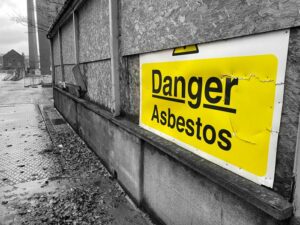Children exposed to air pollution for as little as one day may suffer from higher rates of heart disease in adulthood, according to researchers at Stanford University.
The researchers studied a predominantly Hispanic group of children aged between 6-8 in Fresno, California – a city with some of the highest levels of air pollution due to wildfires smoke and industrial pollution.
Using a combination of continuous daily pollutant concentrations and meteorological and geophysical data, the researchers estimated the average air pollution exposures for 1 day, 1 week and 1, 3, 6 and 12 months prior to each participant visit.
The researchers then used mass spectrometry to analyse each child’s immune system cells.
Among their findings, the researchers found that exposure to particulate matter (PM2.5), carbon monoxide and ozone was liked to increased monocytes, white blood cells that play a key role in the buildup of plaques in arteries, and could possibly predispose children to heart disease in adulthood.
The study also revealed that Hispanic children bear an unequal burden of the health ailments from air pollution, especially in California, where they are exposed to higher traffic-related pollution levels than non-Hispanic children.
Mary Prunicki, director of air pollution and health research at Stanford’s Center for Allergy & Asthma Research, said: ‘I think this is compelling enough for a paediatrician to say that we have evidence air pollution causes changes in the immune and cardiovascular system associated not only with asthma and respiratory diseases, as has been shown before.
‘It looks like even brief air pollution exposure can actually change the regulation and expression of children’s genes and perhaps alter blood pressure, potentially laying the foundation for increased risk of disease later in life.’
Senior author Kari Nadeau added: ‘This is everyone’s problem.
‘Nearly half of Americans and the vast majority of people around the world live in places with unhealthy air. Understanding and mitigating the impacts could save a lot of lives.’
Photo Credit – Pixabay
















Leave a Reply